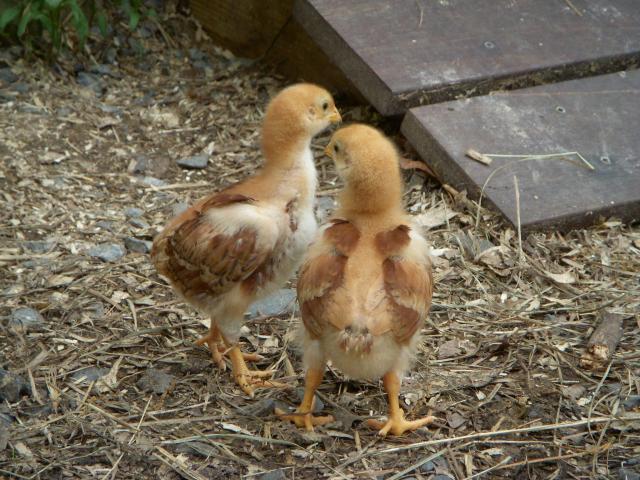sydney13
Songster
Ideal poultry sent me these extra males who I'm thinking look like they are production reds.

I've been doing a little reading and people seem to say that hathery quality rhode island reds are no diffrent than production reds. Ideal poultry sells both production reds and rhode island reds so I'm wondering what the difference between these two would be?
According to ideal, their production reds are New hampshire and rhode island red crosses. Would this mean that one if the parents of my chicks is rhide island and the other new hampshire? Or do they create it through generations of breeding new hanpshire, rhode island hybrids with each other?
Seeing that i can't keep any roosters where I live, I plan on using these guys for meat once they are big enough. Would they be better meat birds than a rhode islands since they have the new hampshire in them, or would rhode islands be beter for meat?

I've been doing a little reading and people seem to say that hathery quality rhode island reds are no diffrent than production reds. Ideal poultry sells both production reds and rhode island reds so I'm wondering what the difference between these two would be?
According to ideal, their production reds are New hampshire and rhode island red crosses. Would this mean that one if the parents of my chicks is rhide island and the other new hampshire? Or do they create it through generations of breeding new hanpshire, rhode island hybrids with each other?
Seeing that i can't keep any roosters where I live, I plan on using these guys for meat once they are big enough. Would they be better meat birds than a rhode islands since they have the new hampshire in them, or would rhode islands be beter for meat?


